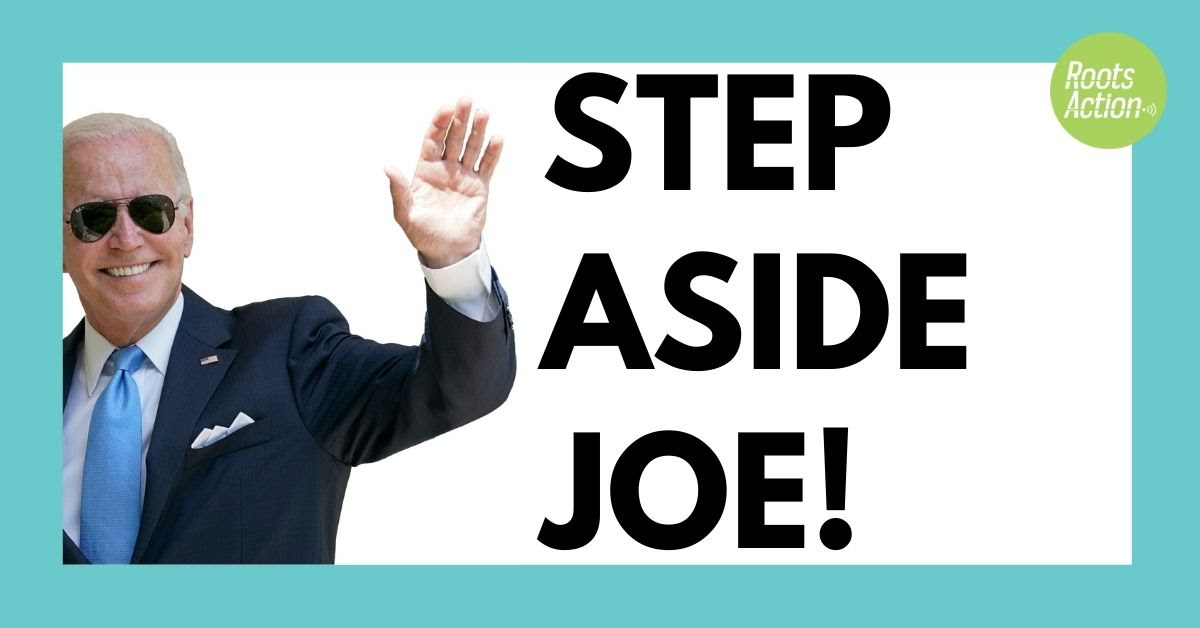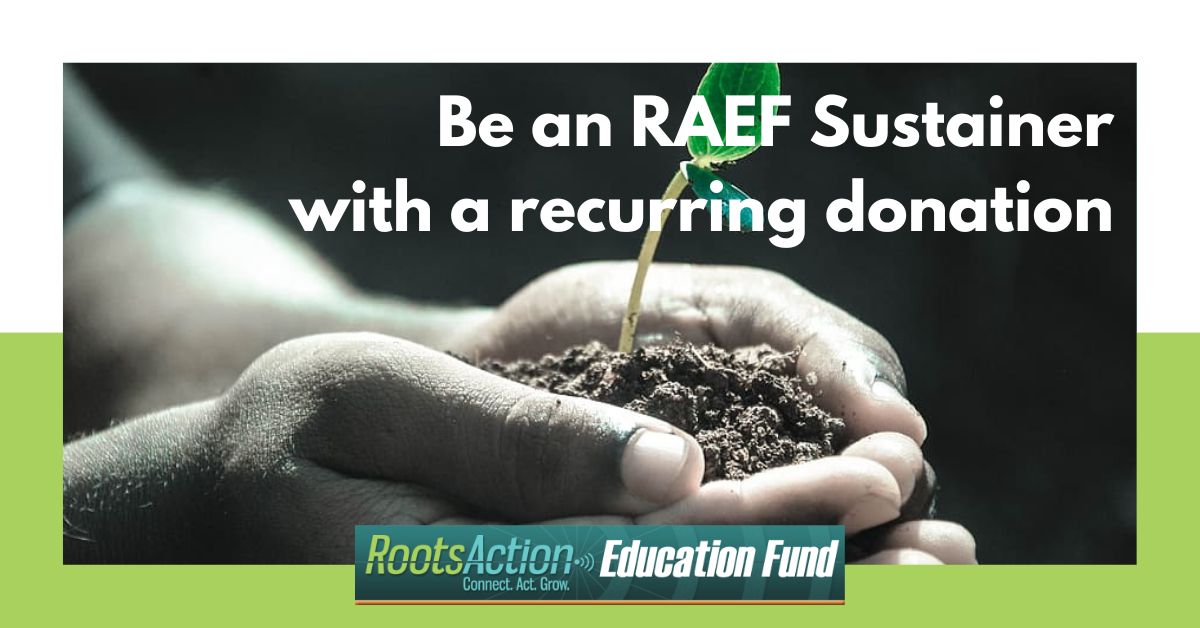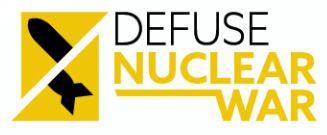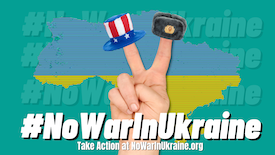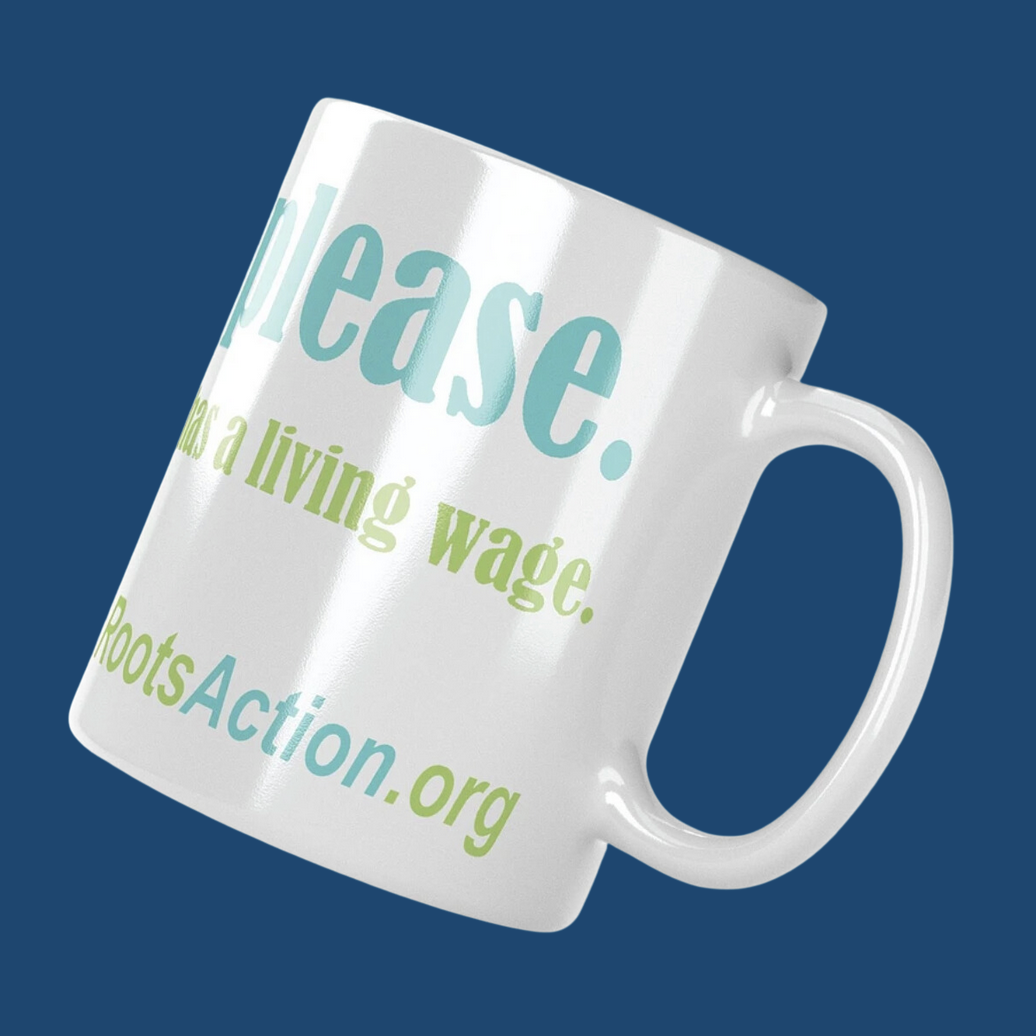Special rapporteur Alice Edwards presents UN general assembly with list of 20 new torture devices she wants to see banned.
The United Nation’s top official on torture has accused private manufacturers of developing ever more cruel ways to inflict pain in crowd control and individual restraint equipment, and called for an international ban on the multibillion-dollar trade in some common instruments of torture.
Alice Jill Edwards, the special rapporteur on torture, has presented the UN general assembly with a list of 20 items she wants to see banned as designed to be inherently cruel, inhuman or degrading. They include spiked batons, thumb cuffs, body-worn electric shock devices, sjamboks, gang chains and millimetre wave weapons, also known as heat rays.
“Now states are, in my view, on notice that they can’t look the other way if they have instruments or weapons, equipment etc that are on my list,” she said.
“What I’m hoping for from any international agreement is that the incentive for companies to research and develop newfangled equipment as a new selling market will be removed.”
Edwards said that technological developments have led to companies developing equipment for police forces in particular, such as batons and shields, that do a lot more harm than older versions.
“There’s materials on the list that are essentially old and ancient but still being used like the lockable chairs where you are constrained in a stress position. Then there are the new ones like electric batons and shields, and electric belts. They’ve been designed purely with the purpose to inflict unnecessary or excessive harm on individuals. They have no legitimate law enforcement or other purpose that couldn’t be achieved by another instrument that is also available,” she said.
“There’s a big responsibility on manufacturers to stop trying to find the most extreme forms of pain on individuals when we have some of the ordinary law enforcement equipment such as ordinary batons and shields that do the job with well-trained people just as effectively.”
Edwards said some of these items are being developed by companies looking “to make their mark in the industry”. She said at least 335 companies in 54 countries are manufacturing and promoting the items on her prohibited list. The majority are in China, the US, the European Union, Israel, Russia and the United Arab Emirates.
“Companies in emerging economies include Brazil to Kenya and South Africa are also producing for the domestic market and exporting widely,” she said.
Edwards said she has not named the companies publicly for legal reasons but also because she hopes to persuade them to stop manufacturing items on her banned list.
“I think there’ll be a number of companies that will want to voluntarily decommission or stop producing these items if they know they’re going to be on some watch list. And I think there’s work to do around that with trade fairs.”
Edwards said there has been a spike in the use of crowd control instruments by law enforcement around the world because of rising numbers of public protests.
“We’re seeing more and more people taking to the streets, whether that’s because of social unrest because of economic circumstances or protests in relation to climate change, or about how our world is being governed. And also as conflicts erupt, people take to the streets to object,” she said.
“The forecasters on the money side are predicting that companies involved in the trade will see 8% compound growth over the next five years linked to a predicted rise in public protests and social mobilisation.”
But Edwards said the equipment is also found in unexpected places.
“In my report I’m looking at restraints used in hospitals, in psychiatric institutions. There have been issues of using tasers against elderly people in old people’s homes or people with mental health illnesses. Wherever these restraints and weapons being deployed, they should be regulated. We should know what items government are procuring. We should know if it’s for a privately run health facility or prison, and how they’re using them,” she said.
Edwards also reported that she visited Ukraine last month and concluded that torture appears to be “Russian state policy” in the war. She said that there was a consistency in the kinds of torture used in different detention facilities that led her to conclude it was coordinated.
“The patterns that I observed indicate to me that the practices of torture are endorsed, at least implicitly, if not explicitly,” she said.
Published by The Guardian.

